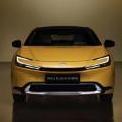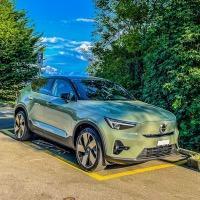Auto a guida autonoma: sviluppi, problemi e potenzialità
-
Contenuti simili
-
- 25 risposte
- 4989 visite
-
- 2 risposte
- 2526 visite
-
Full Self Driving FSD -Tesla 1 2 3 4 5
Pubblicato da Maxwell61,
- elettrica
- guida autonoma
- (e 4 altri in più)
- 40 risposte
- 16671 visite
-
-
-







.thumb.jpg.d20c5008a881490f9c7f843d442a34f8.jpg)













.thumb.jpg.4ff109755894c3c33aafab6b2d0daf4d.jpg)






Messaggi Raccomandati:
Crea un account o accedi per lasciare un commento
Devi essere iscritto per commentare e visualizzare le sezioni protette!
Crea un account
Iscriviti nella nostra community. È facile!
Registra un nuovo accountAccedi
Sei già registrato? Accedi qui.
Accedi Ora